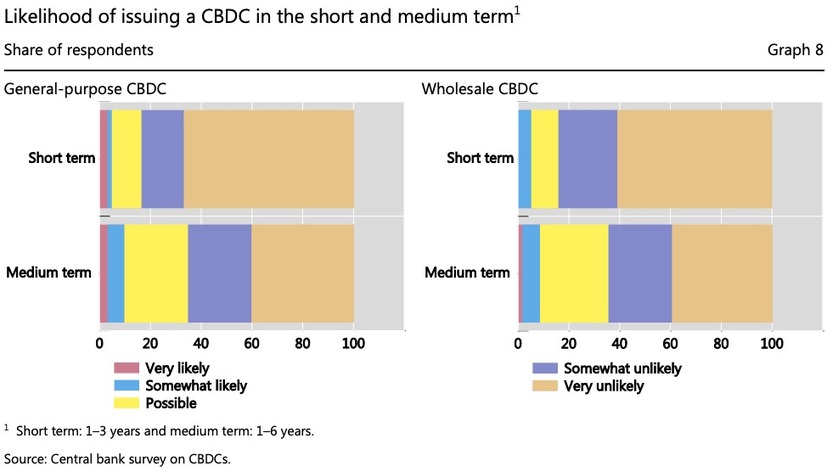Hyundai’s Elevate Concept Uses Legs and Wheels to Go Anywhere
Today at CES in Las Vegas, the automaker fleshed out the details on an insect-like concept car that isn’t limited by its wheels. This thing also has legs, which allow it to go where there are no roads, by trekking or climbing over difficult terrain, fording rivers, clambering over crumbled concrete, or even climbing stairs.In this city without restraint, CES is a safe space to showcase outrageous concepts unlikely to make it to production. But Hyundai has thought through a business case for the machine it’s calling Elevate, or the Ultimate Mobility Vehicle (how about the ummmm … V?). It pitches the blend of car, robot, and Mars rover as the ideal machine for first responders. While a car or truck would get stumped at the edge of a debris field of broken buildings, for example, the Elevate can just clamber on over, to the heart of the problem, instead of leaving firefighters or anyone else to trek in on foot. Hyundai says that, with a modular platform, the body atop the walking wheels could be swapped out for different applications. It also shows a taxi concept that can climb entrance steps to a building, to allow wheelchair users to roll in and out easily.The platform itself puts the four wheels on the ends of robot legs with five degrees of freedom (meaning they can move in just about any direction). Propulsion comes from electric motors mounted inside each wheel hub, like on the Mars Curiosity Rover.When the legs are folded under the vehicle, the Elevate can travel at highway speeds, almost resembling a normal car. But it looks cleverest, and scariest, when it rises up to full height, using the wheels as feet. It can replicate the walking patterns of both mammals and reptiles, so it can stride across most terrains confidently, even snow and ice, with the wheels turned sideways as nonslip pads. “Imagine a car stranded in a snow ditch 10 feet off the highway being able to walk or climb back to the road,” says David Byron, design manager at Sundberg-Ferar, the Detroit-based design studio that worked with Hyundai to develop the concept.










